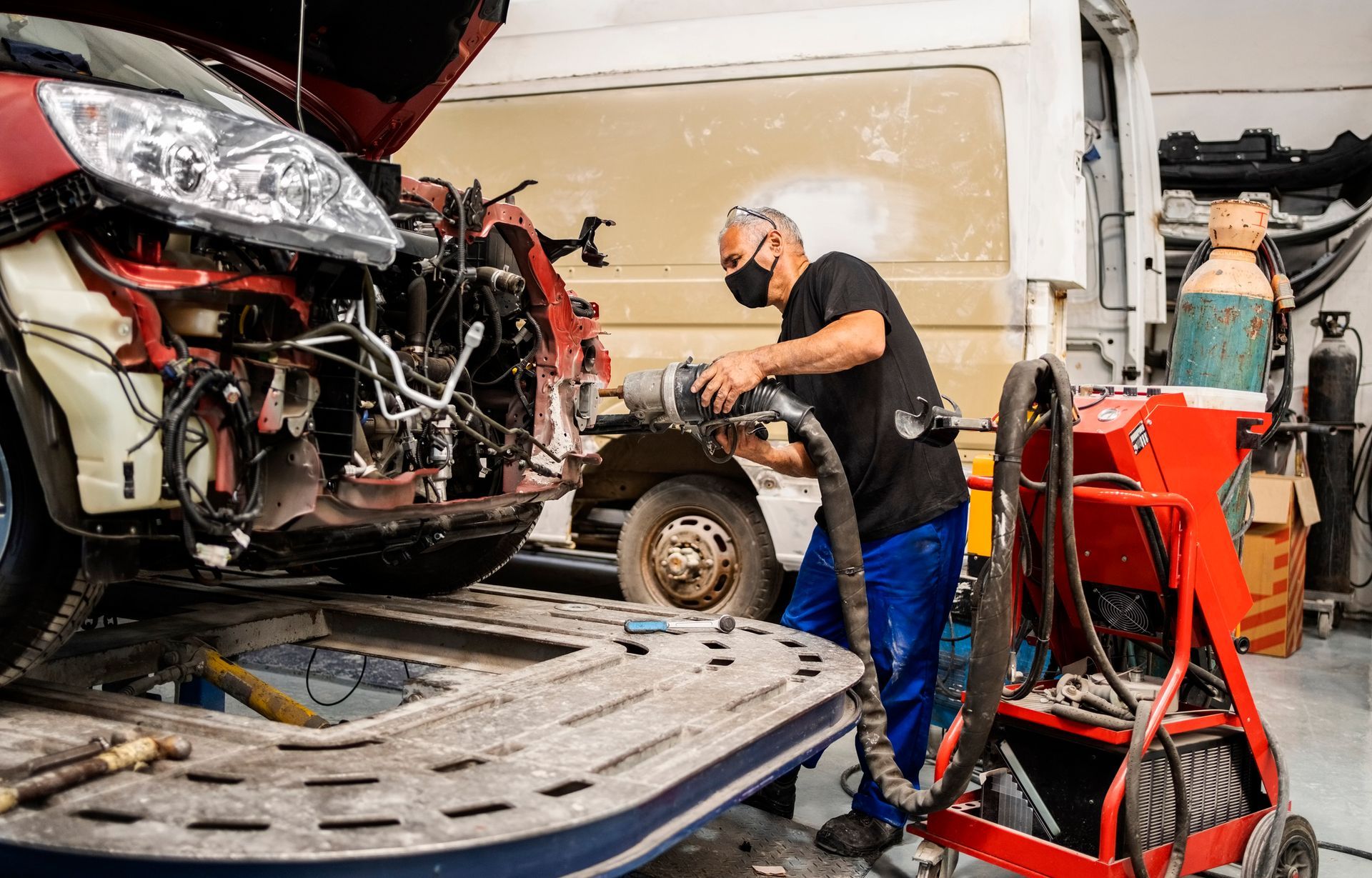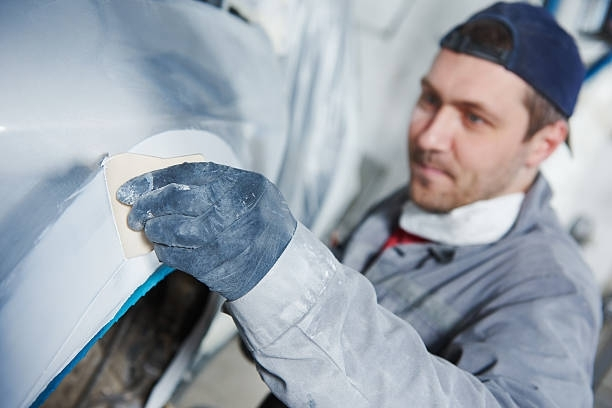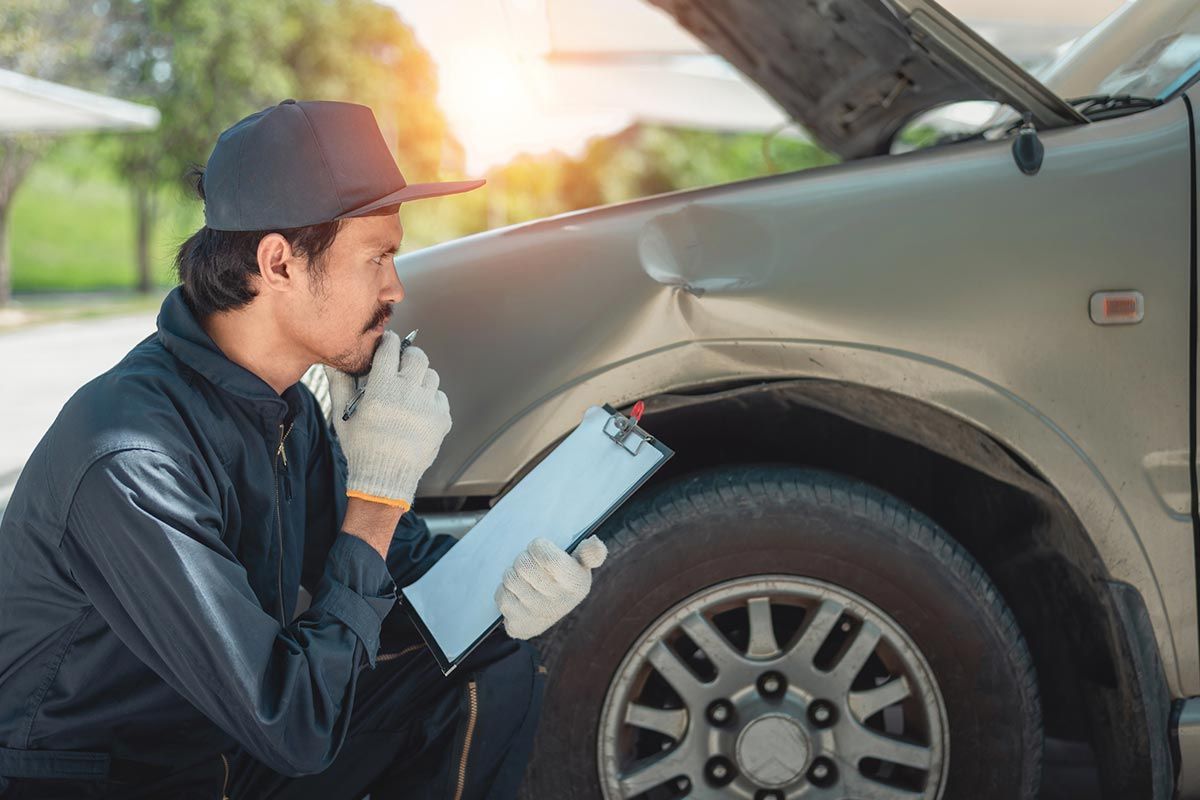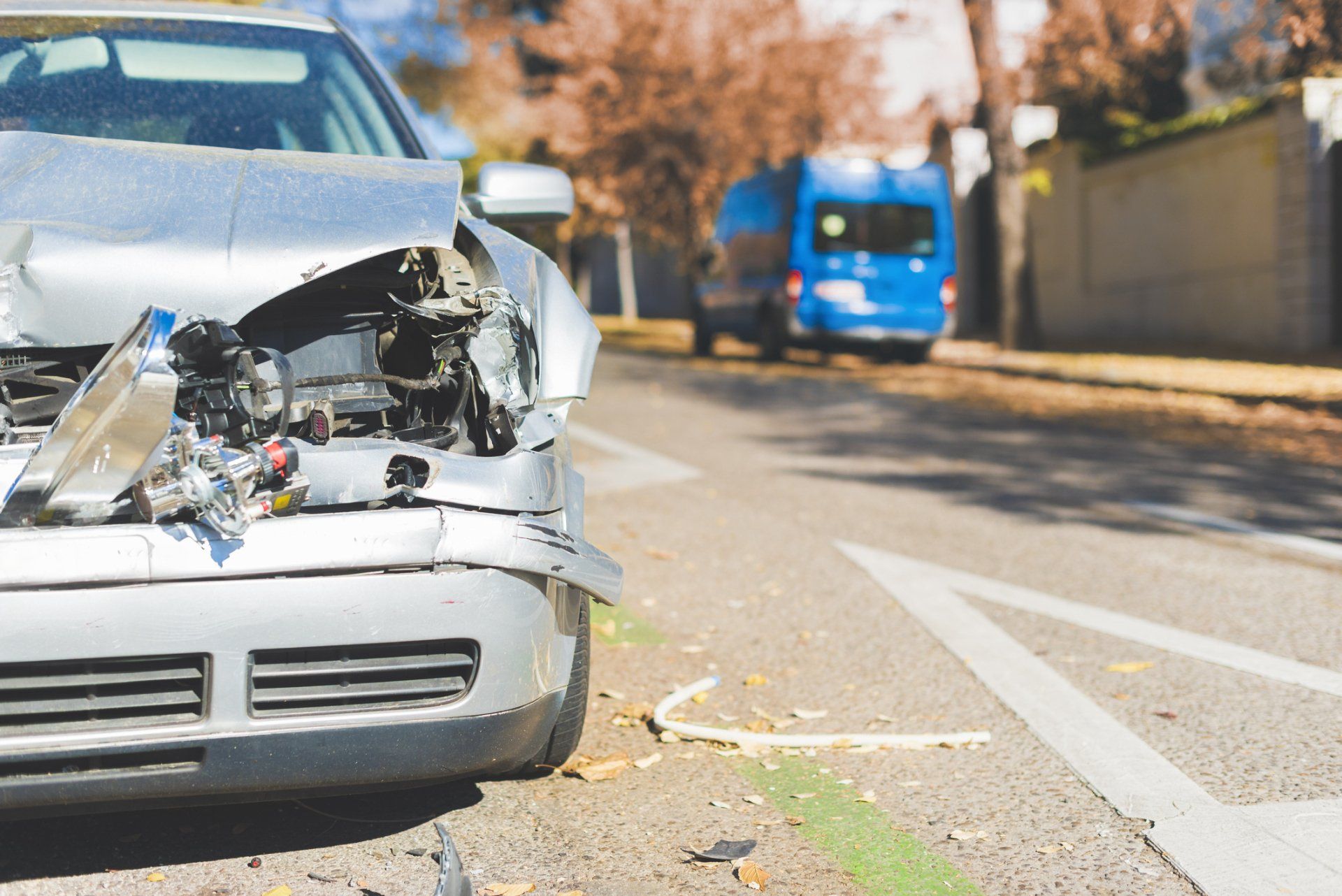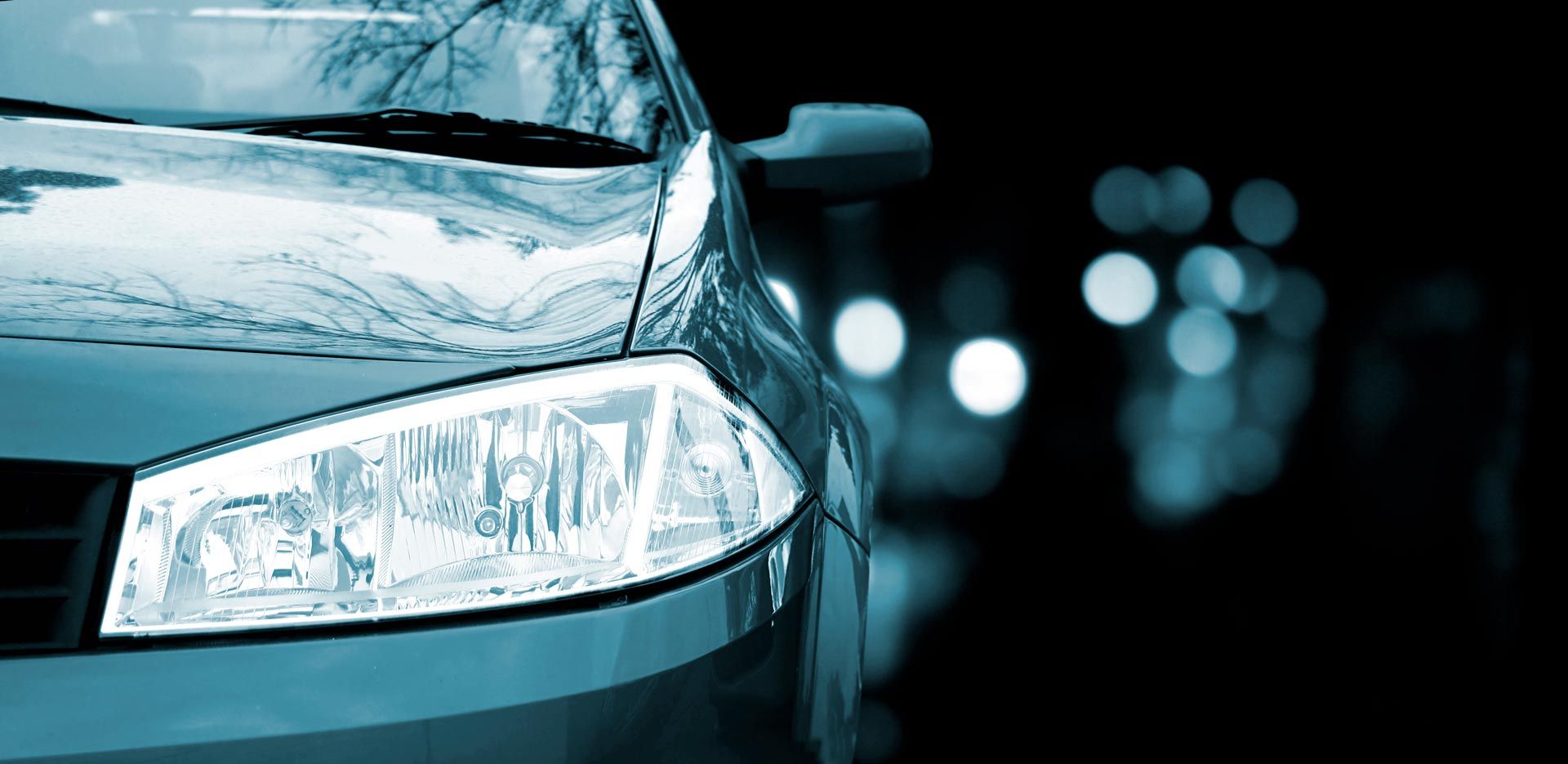Can These Elements of Car Damage Help Identify Accident Liability?
January 4, 2020
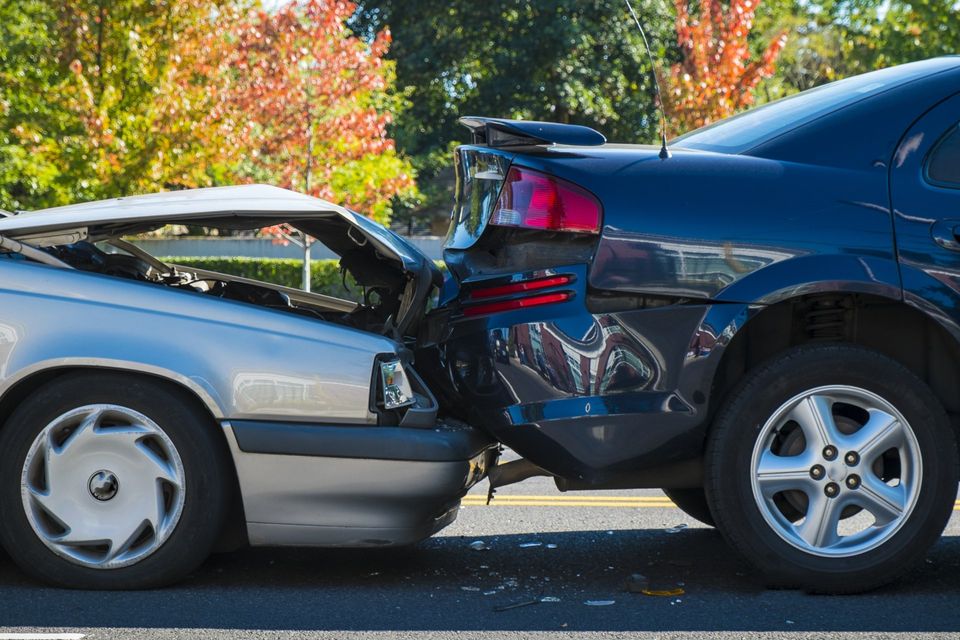
When you are involved in a car accident, your first priority should be to ensure that everyone is safe and receives any needed medical attention. However, once this immediate concern has been met, most accident victims must then turn their attention to determining who is responsible for the accident and how they can get the compensation they need.
While most car accident victims have a variety of means to figure out fault, one key witness may be overlooked. What witness might this be? The damage on your car. What can vehicle damage tell you about your accident? Discover three key indicators that you should have professionals examine.
1. Location of Damage
One of the most telling aspects of vehicle damage is the location of that damage. Obviously, corresponding damage on the rear of your vehicle and the front of the other would likely mean that you were struck from behind - and most state laws assign fault to the rear-ending vehicle.
Location can answer deeper questions. If the car's damage indicates it was struck straightforwardly in the middle of one side, the other driver may have made no attempt to swerve in order to avoid your vehicle. This might indicate that the driver was distracted (such as by texting) and did not see your vehicle. Angled damage on the opposing car could demonstrate that the other person attempted to avoid you.
2. Depth of Damage
How deep does the damage on your car run? Light body or bumper damage only is usually an indicator of a slow speed collision. If the accident occurred in a controlled area, such as a residential street or parking lot, you would likely expect to see slow speed damage only. However, if the damage is more significant - such as all the way to affect the frame - someone was likely traveling at a higher speed.
The depth of damage is also indicated by what else it affected. Induced damage occurs when the contact causes another damage to another part of the car. A professional familiar with accident results can often separate out contact damage from induced damage to help identify the root issues as well as factors like speed or direction. Any of these could turn the tide of liability and compensation.
3. Nonfunctional Parts
Did everything on your vehicle work at the time of the accident? Could some element have failed to do its job? Or was something believed to have been at fault but that may not have been the cause?
An inspection of the vehicle by qualified professionals may shed light on something you weren't aware of. If the other driver claimed not to have seen you during a nighttime accident, a nonfunctional or foggy headlight could be the reason. Faulty brake lights may contribute to a rear-end accident and shift blame. Worn tires could have slowed the car's stopping ability or contributed to a lack of control on the road.
The possible mechanical causes of an accident are nearly as plentiful as the amount of parts on each car. Common areas of concern are the brakes, steering, restraint systems, and engine.
Could any of these three factors in your vehicle damage help your case? The best way to find out is to work with experienced pros in the mechanical and auto body industry that know how accidents affect cars and trucks.
Automotive Super Sports
can help. Our technicians work with cars involved in accidents ranging from minor to major, and we understand the effects that these can have. Let us help get you on the right track to protect your finances and your reputation. Call today to make an appointment.
Do you want to take care of your car? Discover specific signs that indicate that you should have a professional check your car at a repair shop.
While not all car accidents are fatal, they cause some vehicle damage. Read on to discover signs of hidden vehicle damage to watch for after an accident.
Common types of auto body damage include paint scratches, collision damage, dings and dents, weather damage, and windshield damage. Read on for more.
Keep yourself protected on the road with four helpful things to know about your headlights in connection to auto accidents. Read on for more information.
As a vehicle owner, you should know what elements can damage your car's paint job. Discover four of the most common to watch out for.

